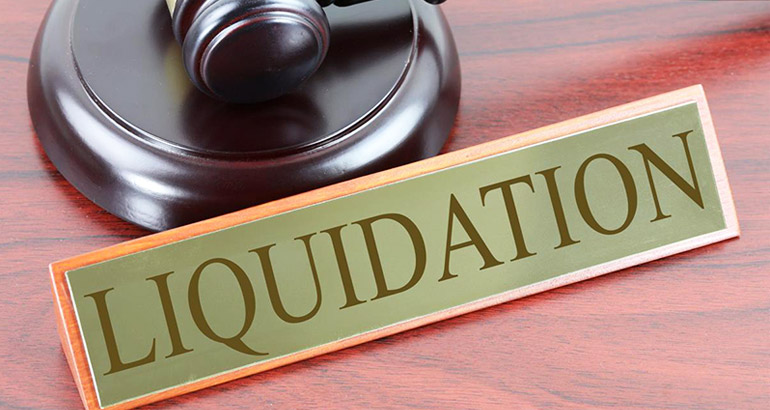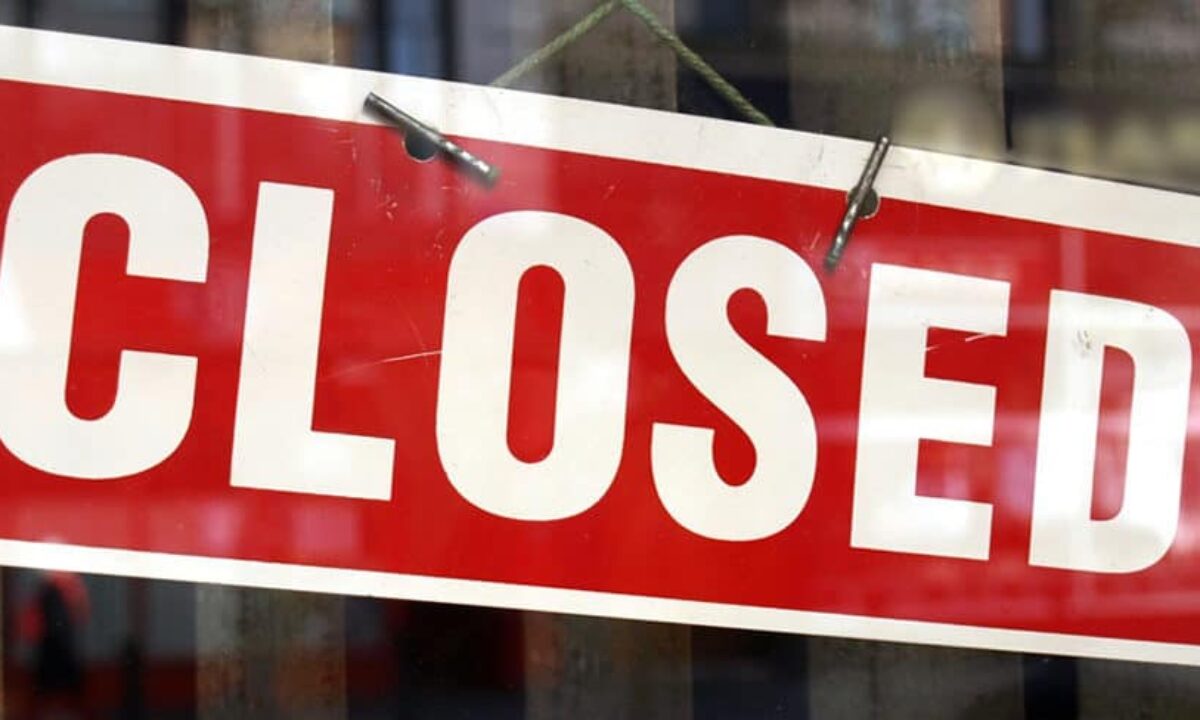Company Liquidation Fundamentals Explained
Table of ContentsA Biased View of Company LiquidationFacts About Company Liquidation UncoveredThe Definitive Guide for Company LiquidationAll About Company LiquidationTop Guidelines Of Company Liquidation
A liquidator is specifically designated to oversee the ending up of a business's events in order for it to be folded generally when the company is going bankrupt. The liquidator is an impartial 3rd party that manages the sale of business assets in order to settle any type of exceptional debts.Their role consists of, however is not limited to: Neutral Overseer: A liquidator is charged with serving as an unbiased 3rd party to oversee the whole business liquidation process. Create Declaration of Affairs: Liquidators should create an extensive declaration of affairs document. This record is dispersed to creditors, detailing the existing financial standing of the service at the time of its liquidation.
After the liquidation of a business, its existence is erased from Firms House and it discontinues to be a legal entity. If supervisors browsed the process uncreative, there would be no fines or individual liability for strong financial obligations expected. Currently, with a clean slate, supervisors can explore brand-new company possibilities, though professional consultation is a good idea.
Company Liquidation Fundamentals Explained
If more than 90% of all business investors concur, liquidation can take location on brief notice within seven days, the minimum legal notification for financial institutions. Normally, the bigger the liquidation and the more assets and resources the business has, the longer the process will take. 'Do I have to pay to liquidate my firm?', the response will depend upon whether or not your company has any type of properties remaining when liquidating.

We recognize that no 2 business are the very same, which is why we will take the time to get to know your business so we can advise the ideal strategy for you. We only operate in your benefits, so you can be absolutely positive in the service we offer.
The Single Strategy To Use For Company Liquidation
In the UK, there is a set process to shutting down or restructuring a limited firm, whether it is solvent or financially troubled. This procedure is understood as liquidation and can just be dealt with by a licensed insolvency expert (IP) official site based on the Insolvency Act 1986. There are 4 main kinds of company liquidation procedure: Financial institutions' Voluntary Liquidation (CVL); Compulsory liquidation; Administration; and Participants' Voluntary Liquidation (MVL).

In these situations, it is essential that the company stops trading; if business proceeds to trade, the directors can be held personally liable and it can result in the bankruptcy specialist reporting wrongful trading, referred to as misfeasance, which may bring about lawsuit. The directors appoint a bankruptcy practitioner and when this has actually been agreed and validated, there is a meeting with the investors.
Obviously, if there are no shareholders, this step of the process is not needed (Company Liquidation). The IP takes control of the firm and begins the firm liquidation process. The directors are no more associated with what takes place, consisting of the sale of the company's assets. However, if the supervisors desire any of the possessions, they can notify the IP.
Company Liquidation for Dummies
The primary difference is that the business's creditors put on the court for an ending up order which requires the financially troubled company right into a liquidation procedure. For the most part, financial institutions take this activity discover this info here as a last resource since they haven't obtained repayment through various other types of negotiation. The court appoints a bankruptcy specialist, likewise called a main receiver, to conduct the compulsory business liquidation process.
This sort of company liquidation is not voluntary and directors' conduct is reported to the UK's Assistant of State once the liquidation process has actually been completed. Consequently, any type of supervisor that falls short to work together with the IP or has actually been associated with supervisor misconduct, or a deceitful act, may cause major effects (Company Liquidation).
It is used as a method to secure the firm from any type of lawful activity by its creditors. The directors of the company agree to make routine payments to settle their debts over a period of time.
Our Company Liquidation Ideas
This supplies the firm with More about the author time to create a plan moving forward to save the business and avoid liquidation. However, now, supervisors hand control of the business over to the selected administrator. If a business is solvent but the supervisors and shareholders wish to shut business, a Members Voluntary Liquidation is the right choice.
The company liquidation process is managed by a liquidator appointed by the supervisors and shareholders of the firm and they need to sign an affirmation that there are no creditors continuing to be. The liquidation procedure for an MVL is similar to that of a CVL because assets are know however the profits are distributed to the supervisors and the shareholders of the firm after the liquidator's charges have actually been paid.